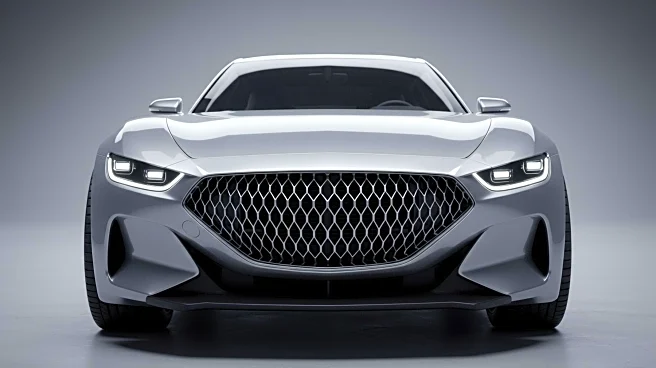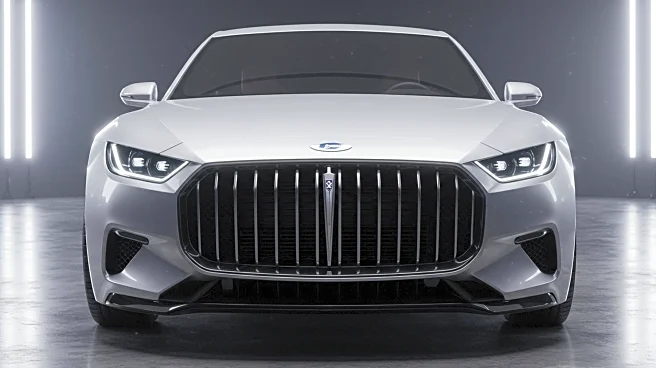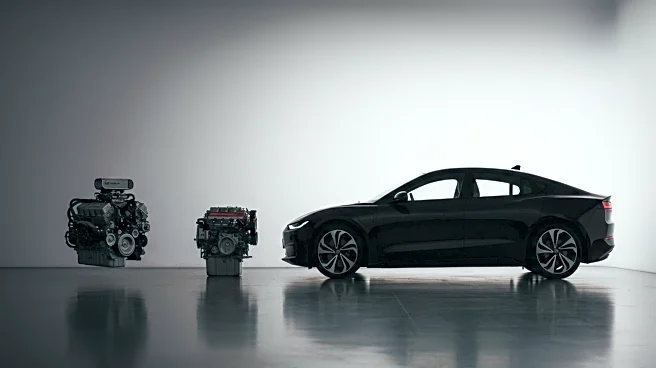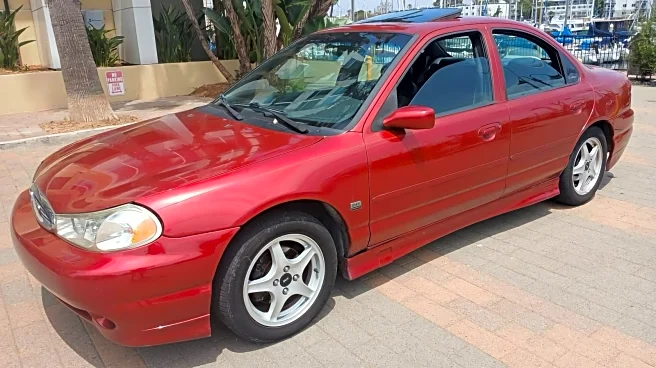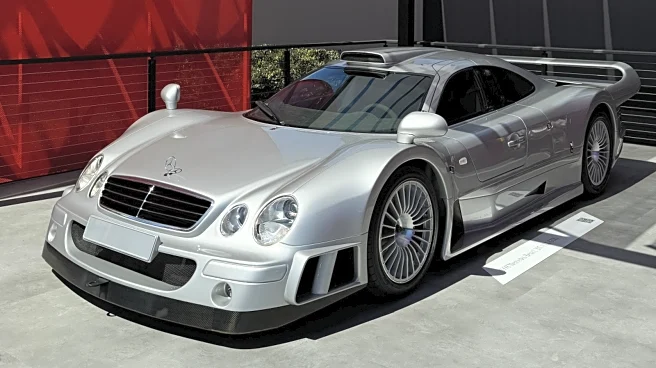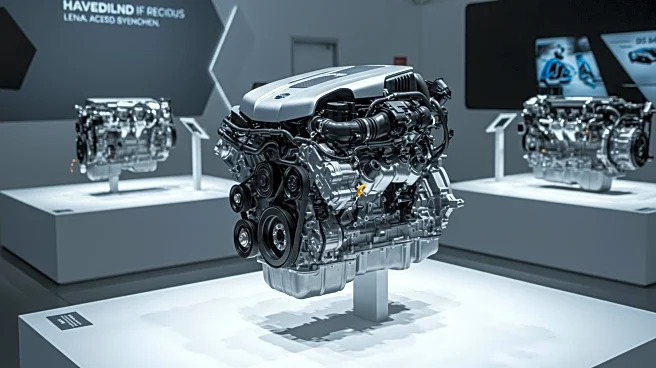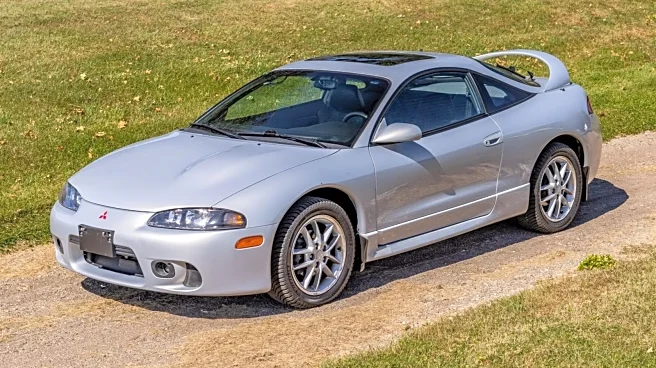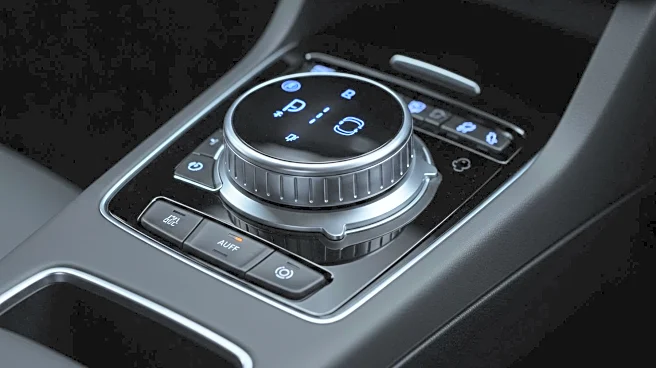What's Happening?
BMW's decision to implement a large kidney grille design on its second-generation 4 Series has sparked controversy among car enthusiasts. The design, which deviates from traditional expectations, was inspired by the 3.0 CSL Hommage R concept car. Ian Robertson, a BMW Sales and Marketing board member, was instrumental in advocating for this design after being impressed by the concept car's grille. Robertson believed that the larger grille would help differentiate the 4 Series from other BMW models, such as the 3 Series sedan. Despite mixed reactions, Robertson defended the decision by pointing to the strong sales of the 4 Series, suggesting that the bold design choice was ultimately successful.
Why It's Important?
The introduction of the large kidney grille on the BMW 4 Series highlights the ongoing debate in the automotive industry about balancing innovation with consumer expectations. While some enthusiasts have criticized the design, the strong sales figures indicate that the market may be more receptive to bold design changes than anticipated. This move by BMW could influence other automakers to take similar risks in their design strategies, potentially leading to a shift in industry standards. The decision also underscores the importance of brand differentiation in a competitive market, as BMW seeks to distinguish its models through unique design elements.
What's Next?
As BMW continues to innovate with its vehicle designs, the company may face ongoing scrutiny from traditionalists who prefer classic styling. However, the success of the 4 Series could encourage BMW to further explore unconventional design choices in future models. Other automakers may also monitor BMW's sales performance to gauge consumer acceptance of bold design changes, potentially leading to a broader trend of experimentation in the industry. Additionally, BMW's design strategy may prompt discussions about the role of aesthetics in automotive branding and consumer loyalty.
